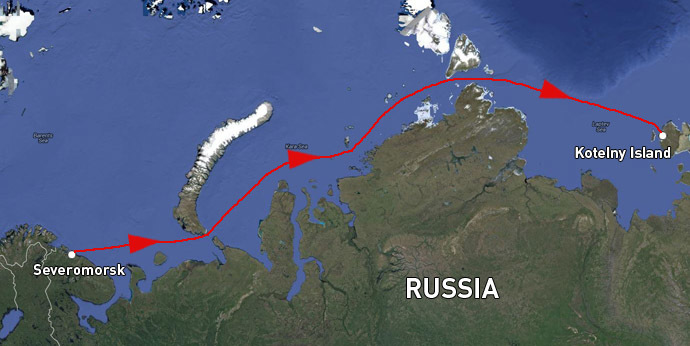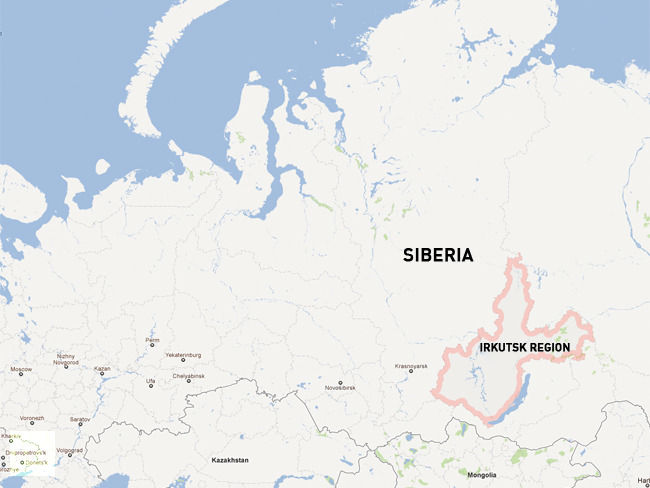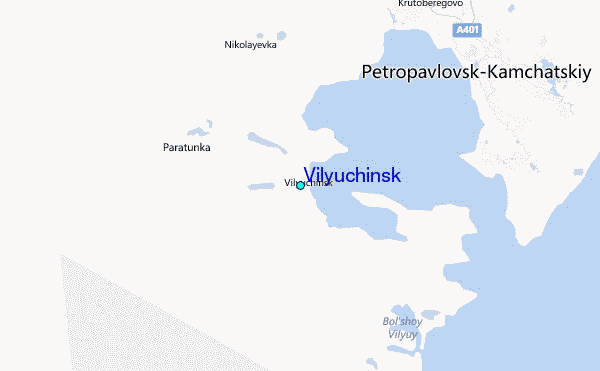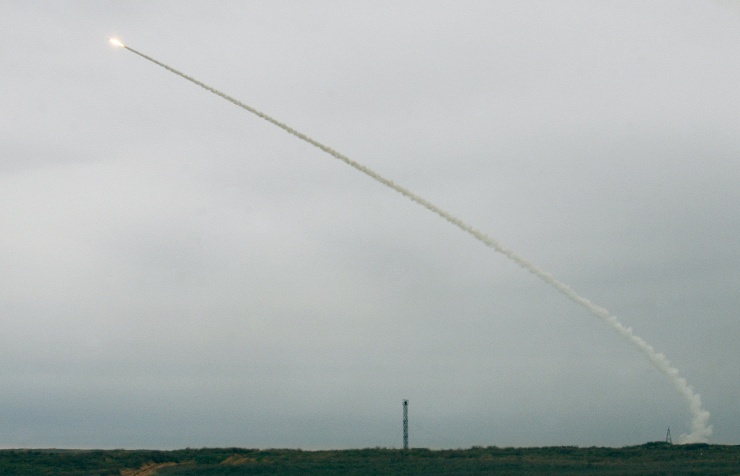TASS: Russia - Russia to triple production of missiles for air and missile defense in 2015 — source
April 09, 11:49 UTC+3
The defense-industrial complex has been ordered to step up the production of missiles manufactured for air defense and missile defense complexes by 200%, a source at the Defense Ministry has told TASS
"The defense-industrial complex has been ordered to step up the production of missiles manufactured for air defense and missile defense complexes by 200%, which is to considerably increase the capabilities of the newly-created arm of the Russian armed forces — the Air and Space Force," the source said, adding that the production of missiles would grow by thousands.
"Alongside this the task was set to increase production rates and at the same time reduce the deployment deadlines for new systems and complexes of the air and anti-missile defense in various regions of the country, including Crimea and the Arctic," the source said.
The deputy commander of Russia’s Air and Space Defense Force, Major-General Kirill Makarov, said last week the risk of a potential global strike by the United States was the main reason behind the measures for strengthening the air and anti-missile defense. He said the development of air and anti-missile defense systems was a priority.
************************
TASS: Russia - Russian army to get long-range missiles for S-400 air defense systems in 2015
April 09, 13:41 UTC+3
The state trials of the new standard long-range missile for S-400 systems are planned to be completed no later than May-June, after which it will be put into service, a source says
MOSCOW, April 9. /TASS/. New missiles for S-400 Triumf air defense systems capable of destroying medium-range ballistic missiles in the near-earth space will become operational in the Russian Armed Forces this year, a source in the country’s defense and industrial sector told TASS on Thursday.
"The state trials of the new standard long-range missile for S-400 systems are planned to be completed no later than May-June, after which it will be put into service," the source said.
"Its main distinction from the missiles currently used by our S-300 and S-400 systems is that it has a ‘clever warhead’ and improved combat characteristics, which enable it to hit medium-range ballistic missiles in the near-earth space," the source said.
The new missile will have a maximum range of 400 km (248.5 miles) similar to the range of the missile recently put into service for S-300V4 ground force air defense systems but
"its components base and some other characteristics are better," the source said. "All these factors enable the missile to operate against ballistic missiles at outer space altitudes."
The source gave no exact altitude for the new missile to hit the targets but said
"it considerably exceeds the altitude of S-300 missiles, which are currently becoming operational with S-400 systems."
A source in Russia’s Defense Ministry confirmed this information to TASS.
Russian Aerospace Defense Force Deputy Commander Maj.-Gen. Kirill Makarov said last week Russia’s Defense Ministry had successfully tested a long-range missile for S-400 air defense systems at a range of slightly less than 400 km. The missile could not be test-fired to its full range due to the limited length of the shooting ground, Makarov said.
When the new missile is put into service,
the firing range of S-400 missiles will rise from 250 km to 400 km, the general added.
**************
09.04.2015
Missile operators of Russia’s Eastern Military District will undergo a special retraining course to handle the state-of-the-art Iskander-M ballistic missile system.
During the six-month course at a test range in the southern Astrakhan region the missile system operators will be learning the ins and outs of the advanced tactical ballistic missile complex to culminate in a real-life missile launch.
It is the second unit of the Russian Missile Forces to be armed with the Iskander-M complexes, military officials said.
The Iskander-M (also referred to as NATO's reporting name SS-26 Stone) is characterized by high mobility and maneuverability, as it takes just 20 minutes to place the system in operational readiness.
The system is capable of hitting targets at a distance of up to 500 kilometers, with a precision of around 30 centimeters.
It can hit troop concentrations or underground command centers, depending on the warheads placed on the rockets. If necessary, its missiles can also be armed with nuclear warheads.
The Iskander-M missile system has been used by the Russian military since 2006.




























